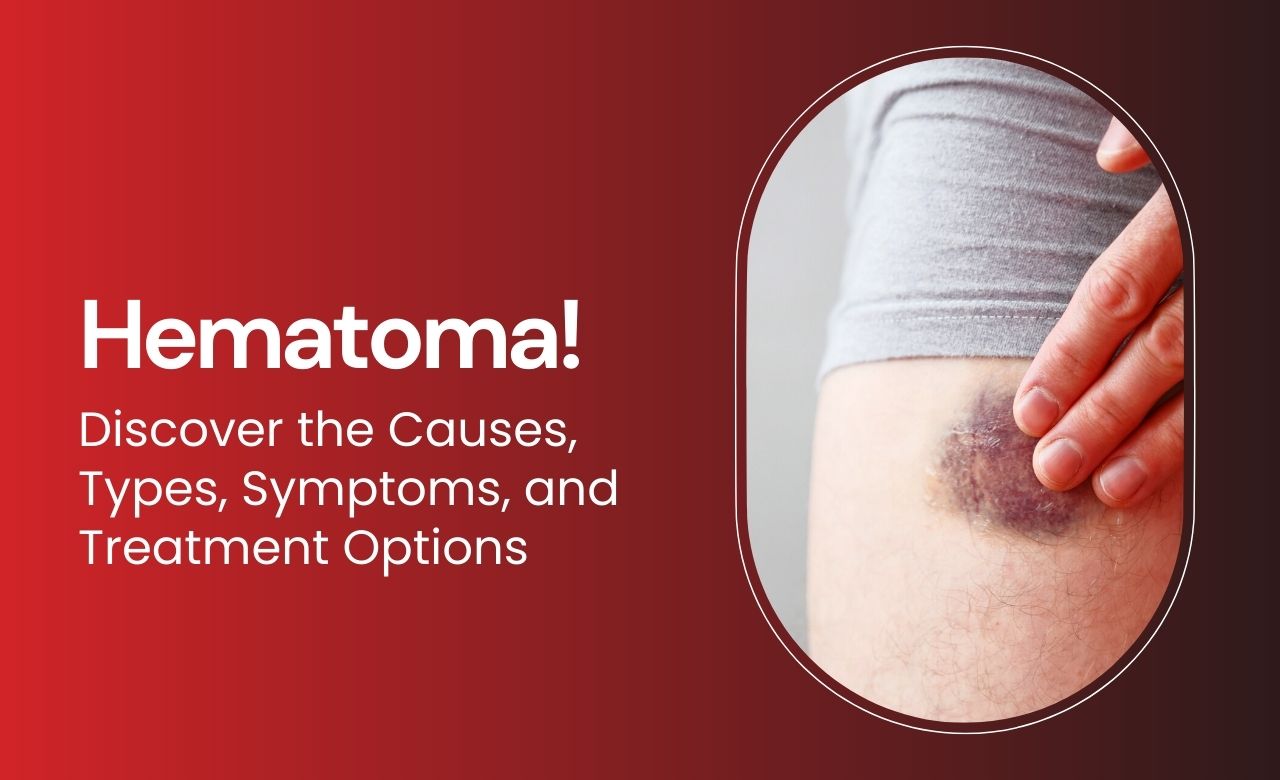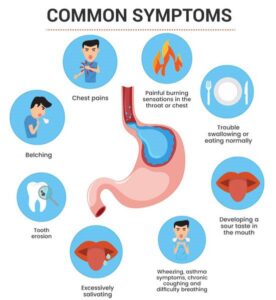Continuous infusion of heparin serves a crucial role in medical treatment, primarily in the prevention and management of thromboembolic events. Buy lioton gel, a widely used anticoagulant, is administered intravenously via continuous infusion in various clinical settings to achieve and maintain therapeutic levels of anticoagulation. This blog explores the purpose, mechanism of action, therapeutic uses, monitoring considerations, and potential complications associated with continuous heparin infusion.
Understanding Heparin and Its Mechanism of Action:
Heparin gel is a naturally occurring anticoagulant that inhibits the activity of thrombin and factor Xa, key enzymes in the coagulation cascade. It primarily acts by enhancing the activity of antithrombin III, a natural inhibitor of thrombin and other clotting factors. This mechanism prevents the formation of fibrin, thereby inhibiting the clotting process and reducing the risk of thrombus formation.
Purpose of Continuous Heparin Infusion:
1. Prevention and Treatment of Thromboembolic Disorders
-
Deep Vein Thrombosis (DVT): Continuous heparin infusion is commonly used in hospitalized patients at risk of DVT, such as those undergoing surgery or with prolonged immobilization.
-
Pulmonary Embolism (PE): Patients diagnosed with PE often receive continuous heparin infusion to prevent the extension of existing clots and formation of new emboli.
-
Ischemic Stroke: In selected cases, heparin infusion may be used to prevent clot propagation and recurrence in ischemic stroke patients, although this requires careful consideration due to the risk of bleeding.
2. During Procedures Requiring Anticoagulation
-
Cardiac Procedures: Continuous heparin infusion is used during cardiac surgeries (e.g., coronary artery bypass grafting, valve replacement) to prevent clot formation on artificial surfaces (e.g., bypass machine, prosthetic valves).
-
Continuous Renal Replacement Therapy (CRRT): In patients undergoing CRRT, heparin is infused to prevent clotting within the extracorporeal circuit.
3. Management of Acute Coronary Syndromes (ACS)
- Unstable Angina and Non-ST Elevation Myocardial Infarction (NSTEMI): Heparin infusion is part of the standard treatment regimen to prevent further thrombus formation in coronary arteries.
4. Anticoagulation in Critical Care Settings
-
Mechanical Ventilation: Patients in intensive care units (ICUs), especially those requiring mechanical ventilation, may receive heparin infusion to prevent venous thromboembolism (VTE).
-
Central Venous Catheters: Heparin infusion is sometimes used to maintain patency and prevent clot formation in central venous catheters.
Administration and Monitoring:
1. Administration
-
Intravenous Route: Heparin is administered via continuous intravenous infusion using an infusion pump to ensure precise dosing and steady therapeutic levels.
-
Dosage Adjustment: Initial dosing is based on patient weight and indications, followed by frequent monitoring of activated partial thromboplastin time (aPTT) to adjust the infusion rate and maintain therapeutic anticoagulation.
2. Monitoring
-
aPTT Monitoring: Activated partial thromboplastin time is the primary laboratory test used to monitor heparin’s anticoagulant effect. The therapeutic range varies depending on the indication but generally aims for prolongation to a level appropriate for the clinical scenario.
-
Clinical Monitoring: Regular assessment for signs of bleeding (e.g., hematoma, hematuria, gastrointestinal bleeding) and thrombosis (e.g., new or worsening symptoms) is essential during heparin therapy.
Complications and Considerations:
1. Bleeding Risk
- Major Bleeding: Continuous heparin infusion carries a risk of bleeding, which can range from minor bruising to life-threatening hemorrhage. Close monitoring and prompt recognition of bleeding symptoms are crucial.
2. Heparin-Induced Thrombocytopenia (HIT)
- Immune Reaction: A rare but serious complication where heparin induces an immune response leading to a decrease in platelet count and an increased risk of thrombosis. Management requires immediate cessation of heparin and initiation of alternative anticoagulation.
3. Drug Interactions and Monitoring
- Interactions: Heparin may interact with other medications, necessitating careful consideration of concomitant therapies and potential adjustments in dosing.
4. Patient-Specific Considerations
-
Renal Impairment: Dosage adjustments may be needed in patients with impaired renal function to prevent accumulation and excessive anticoagulation.
-
Obesity: Heparin dosing considerations may differ in obese patients due to altered distribution and clearance.
Conclusion:
Continuous infusion of heparin plays a crucial role in preventing and managing thromboembolic events across various clinical settings. By inhibiting clot formation through its action on the coagulation cascade, heparin helps reduce the risk of conditions such as DVT, PE, and ischemic strokes, while also being integral to procedures requiring anticoagulation and critical care management. However, careful monitoring for bleeding complications, drug interactions, and specific patient considerations are essential for safe and effective use. Healthcare providers must balance the benefits of anticoagulation with the risks, ensuring optimal patient outcomes through vigilant management and evidence-based practice.










